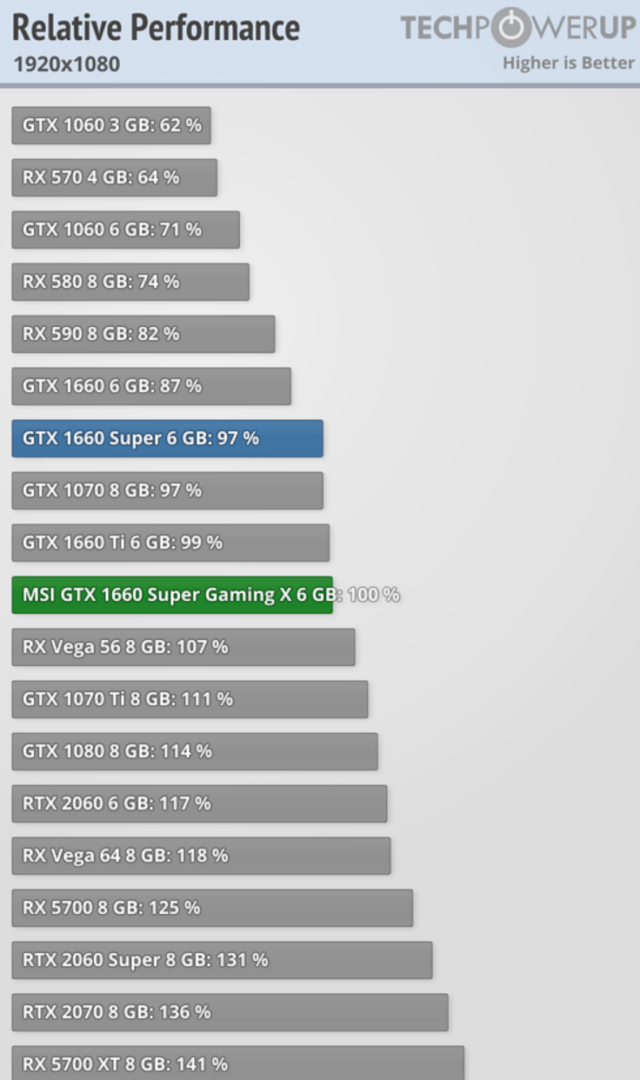After five years of service, NVIDIA has officially retired the GeForce GTX brand, marking the end of production for the GTX 1600 series.
Once the remaining inventory of GTX 1600 series graphics cards is exhausted, there will be no further shipments of cards utilizing the Turing architecture to partners, distributors, and retailers.
According to reports from Chinese sources, the latest product roadmap confirms the discontinuation of the product, signaling the end of the GeForce GTX brand entirely.
Considering that the GTX 1600 series targeted mainstream consumers and was released in early 2019 based on the Turing architecture, I am surprised that NVIDIA continued its production for so long.
At its launch, the GTX 1660 SUPER stood out as the best value option. With 1408 CUDA cores, 6GB of 14Gbps GDDR6 memory, and a 192-bit memory interface, it delivered impressive performance despite lacking NVIDIA’s DLSS support and any ray tracing capabilities.

Priced at $229, it was a remarkable lower-tier product, offering performance comparable to NVIDIA’s GTX 1070. In fact, the GTX 1660 SUPER provided approximately 85% of the raw performance of the $350 RTX 2060 at the time, and it went without any meaningful competition by AMD until the following year with the release of the RX 5600 XT.
But that was oh so long ago, despite being several years old at this point the demand for outdated hardware has provided substantial profits for NVIDIA, which now boasts a market capitalization of 2 trillion thanks to the lucrative AI boom.
This might explain why NVIDIA chose to keep GTX Turing in production, if consumers are seemingly so stupid as to keep purchasing them, just as they did the RTX 3050 to the point where it impacted NVIDIA’s sales for the RTX 4060, resulting in a massively gimped repackaging of the RTX 3050 by lobbing off its CUDA cores and cuckolding the memory to a restrained 96-bit memory interface paired with just 6GB of GDDR6 VRAM.
The only remaining models still available on the market are the GTX 1650 and GTX 1630. These cards are now following the trend set by previous releases, including the discontinued GTX 16 SUPER models that NVIDIA no longer ships to partners.
This implies that the lowest tier in the NVIDIA lineup will now shift towards NVIDIA’s RTX series. In essence, this positions the mobile RTX 2050 and desktop RTX 3050 as the new entry-level models that continue to be produced.
NVIDIA continues to offer support for the GTX 16 series through ongoing driver updates. Additionally, the company still supports its GTX 700 series, indicating that it’s improbable for GTX 16 driver support to be discontinued in the near future.
However, it’s important to manage expectations: while these drivers may receive essential security updates, don’t anticipate significant optimizations or performance improvements for newer games. These older generation GPUs have been declared End of Life, and updates primarily focus on critical security patches.
The GeForce GTX brand first emerged in 2008 and has since brought forth some of the most iconic graphics cards in history, including the GTX 1080 Ti. However, beyond its technological achievements, the GeForce GTX brand also represents a significant shift in the industry, marked by the stifling of competitors’ open-source technology, developmental sabotage, and the introduction of proprietary SDKs, among other controversial practices such as the infamous 3.5GB GTX 970.
With its discontinuation, it marks the end of an era.
Replacing the GeForce GTX series, the RTX series has been met with criticism. It has led to skyrocketing GPU prices, artificial segmentation like DLSS 3 frame generation and notably fewer sales versus previous GTX generations.
Furthermore, there’s a prevailing reluctance among consumers to upgrade if they’ve purchased a product within the last five years. This shift signifies a changing landscape in the GPU market and leaves behind a legacy, for better or worse.

